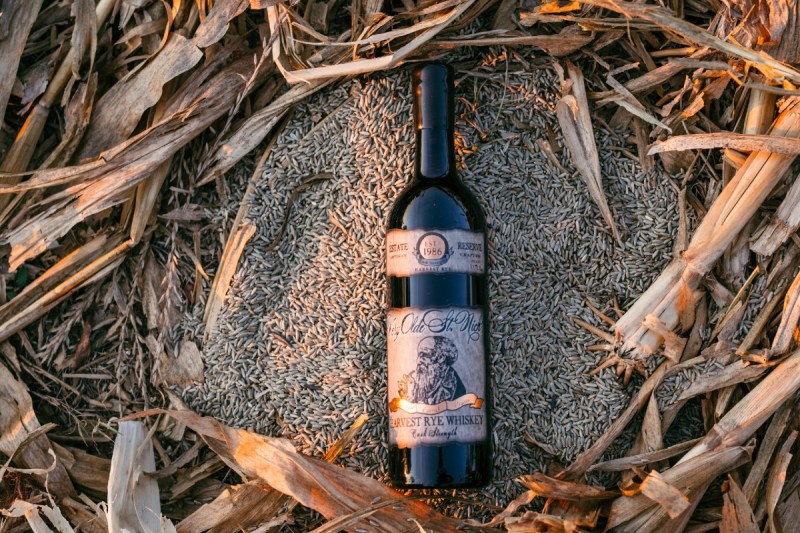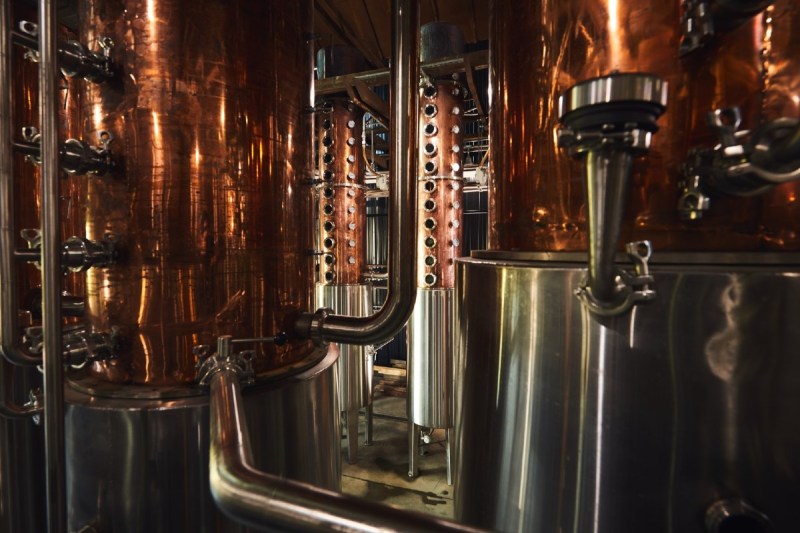If you’re clued into the bourbon world at all, you’ll likely know that Pappy Van Winkle sits at its apex. Bottles of Pappy’s whiskey often run into the hundreds and thousands of dollars. What you likely don’t know (unless you’re a hardcore fan) is that a single exporter, Marci Palatella, helped Pappy to flourish overseas as bourbon popularity ebbed in the United States in the 1980s.
In the book, Pappyland, Julian Van Winkle III recalls how in 1986, Palatella, representing her International Beverage firm, reached out to the brand to inquire about exporting the American spirit to Japan. And now Palatella is at it again, making her mark with pot still bourbon.

“It was a very nice piece of business. The profit margin for export was slim compared with the U.S. market, but I was starving and it provided some cash flow,” Van Winkle III recounts in the book’s afterword. “All along, she was saying that I should put Pappy’s image on the label.”
Fostering this idea and furthering relationships with spirits makers who would become legends, Palatella eventually helped usher in the current flourishing whiskey market, much of it centered on bourbon in Kentucky. Located at the center of bourbon’s spiritual home is Palatella’s Preservation Distillery in Bardstown, Kentucky, the official “Bourbon Capital of the World.” Purchased by Palatella in 2015 (with doors opening in 2018), today, in addition to its several small batch releases, Preservation is in the process of uplifting the industry again.
Aging in barrels right now is the country’s first and only 100% pot-distilled producer in Bardstown. Preservation pot-distills in one to three barrel batches, and then seals them to age in oak barrels. The resulting pot still bourbon will only be bottled, however, when Palatella deems it ready, causing anticipation and consternation with Preservation’s distributors.

“Marci is not going to release anything that’s not completely ready,” Preservation Distillery’s national sales manager, Jacob Feldhues, told The Manual. “It’s up to me to have the hard conversations with distributors. While this makes it hard to anticipate when barrels are ready, the hope is that this leads to a much higher quality product in the market.”
There are different types of bourbon releases. Some distillers release younger bourbons in order to get them onto shelves more quickly.
“There is a sea of two- to four-year-old whiskey coming out now, but very little that is in the six- to nine-year range,” Feldhues said.
Once they do arrive, Preservation Distillery pot-stilled bourbons will be a rare treasure. American whiskey usually employs column still distillation — even Preservation uses some combination of the stills to produce its sought-after Wattie Boone & Sons and Very Olde St. Nick whiskies. Why trade in automated distillation for the old school pot, then?
“Pot distillation is very hands-on,” Feldhues said. “We wanted to do pot still distillation because it is more of a craft. There’s no way to keep feeding (the still). You have to do a batch at a time.”
As opposed to enormous, copper-lined, 40- to 50-foot stills that run mash from the top down at an almost 24-hour clip, Preservation sports only two 500-gallon pots to brew whiskey batches.
Being a small batch distillery, Preservation also feeds from and contributes to its community. The spirits maker buys almost all of its grains from a now ninth-generation Bardstown farm right down the street. Its barrels come from New Haven and Lebanon, Kentucky, within about 45 minutes of Preservation.

“We have little interest in going outside of our neighborhood,” Feldhues said. “The only thing we buy out of state is malted barley, which grows better in northern states.”
The distillery now has a sizable herd feeding high-protein corn, wheat, malted barley, and rye mash to a very happy herd of Longhorn cows.
“Nothing we’re doing is going to waste. Even the cows help fertilize the backyard to grow crops,” Feldhues said.
The idea is to develop a very small farm behind Preservation with possible cereal grain crops for tiny, special releases.
Though bourbon fans can’t make plans for Preservation pot-stilled whiskey yet, in the fall Preservation will be bottling a spicier-than-bourbon single malt American rye. The distillery’s beautiful setting is also open for the public to visit.
“It really is an idyllic setting,” Feldhues said. “If we had some racehorses out there, it would be the perfect Kentucky picture.”



